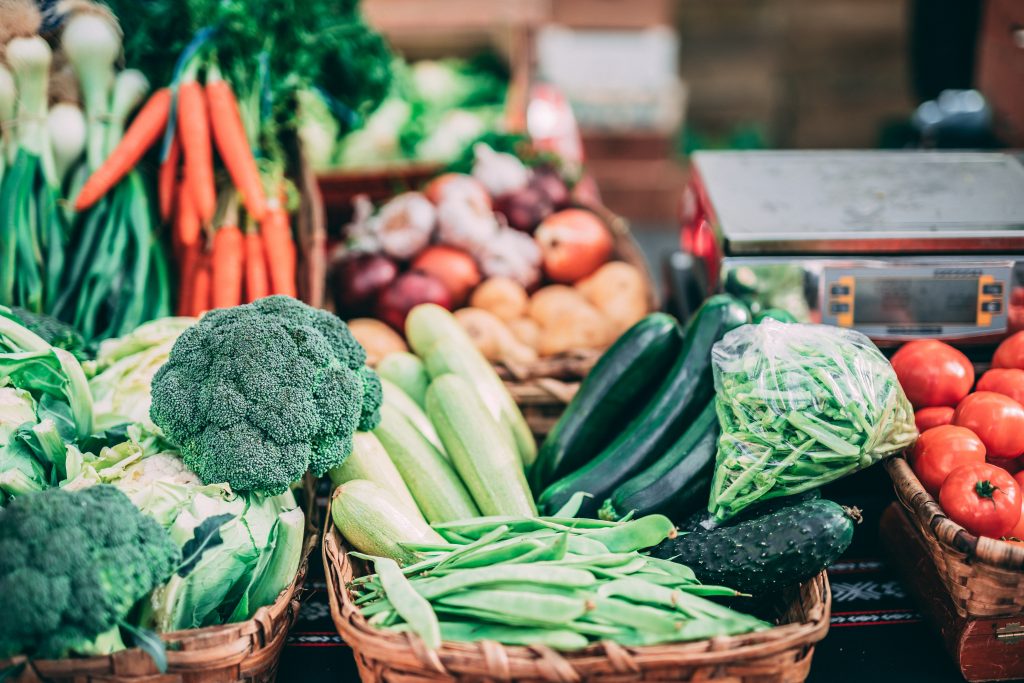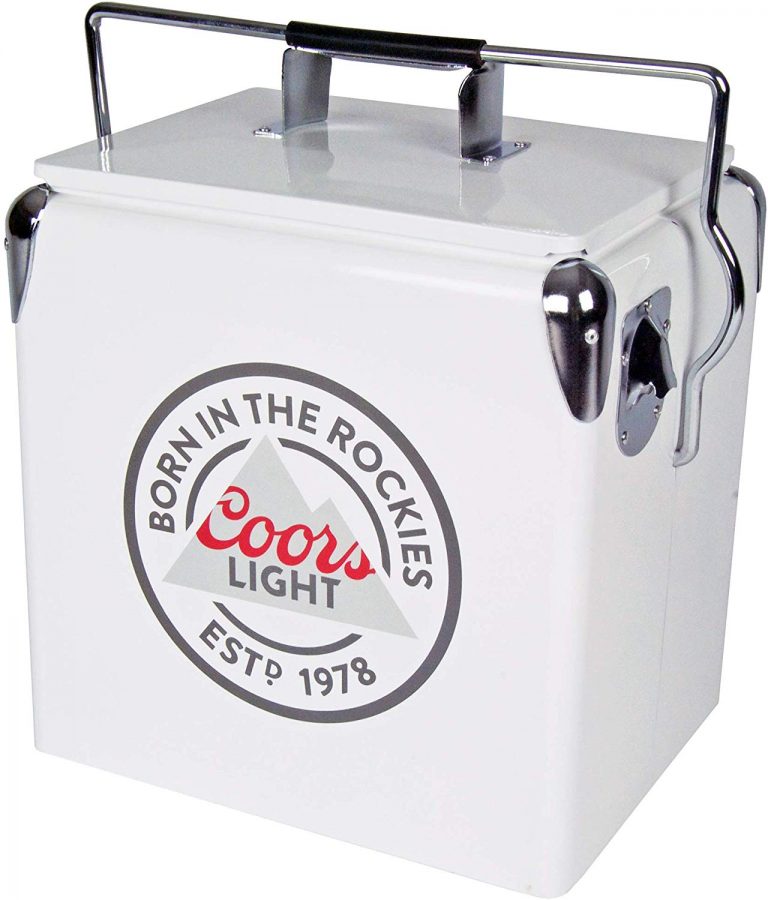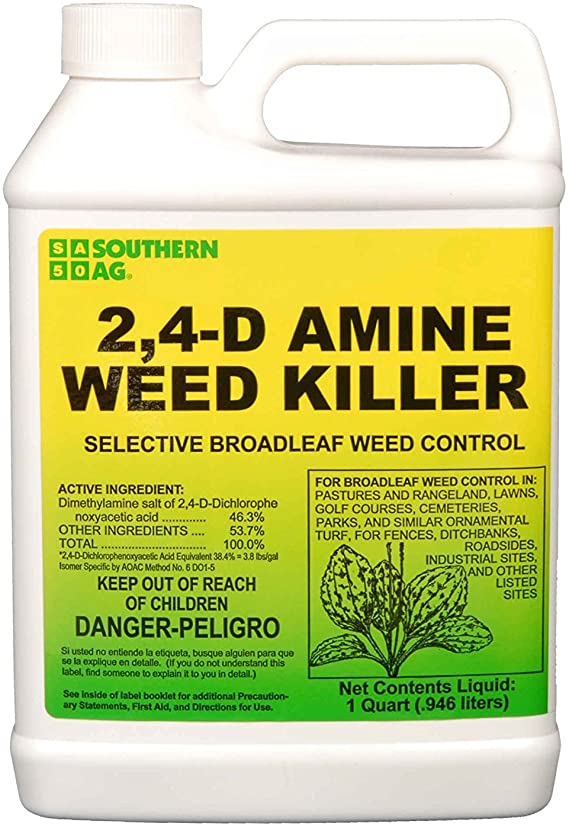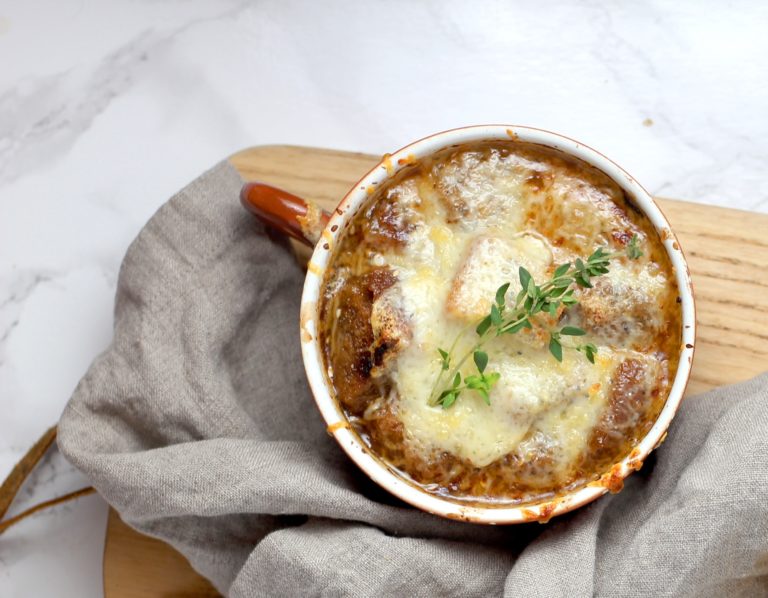Can You Freeze Vegetables Without Blanching?
All you need to do is open the freezer and grab a frozen vegetable of your choice, whether you need something new from your dinner menu or want to incorporate a distinct flavor into your homemade cuisines.
It takes a long time to freeze vegetables because they have to be blanched and then frozen for a certain amount of time.
Is it possible to freeze vegetables without heating them? Data was collected from reliable sources to help clear up the confusion.
Blanching is the process of freezing vegetables by which the food is placed in boiling water or steamed for a short period.
Blanching is important for preserving and retaining the quality of the greens, but it is not always necessary for all kinds of vegetables.
Do we recommend the exclusion of this process if you don’t have to Blanch vegetables before freezing them?
Don’t forget to read to learn everything you can about freezing vegetables.

Table of Contents
What To Know About Freezing Vegetables?
The process involves selection, preparation, blanching, and subjecting to freezing temperatures.
Some vegetables do not need to be blanched before being eaten. Some of the common kinds of vegetables are listed below.
Bell peppers:
Bell peppers naturally contain chemicals that preserve them, so they don’t have to be blanched.
Potatoes:
Some types of potatoes, like the red potatoes, do not need to be blanched because of their high water content.
Tomatoes:
It’s not a good idea to cook the juicy vegetable first because it will turn into mush after a while.
Onions:
No significant effect on the quality of frozen onion can be found with or without blanching.
Corn:
It is still recommended to Blanche it first, even if you can freeze it whole.
What Happen When You Freeze Vegetable Without Blanching?
Low-quality frozen commodities could be produced if vegetables were frozen without blanching. Deficiency and faded-looking colors are some of the most common signs.
It is possible to sense an off-flavor and texture after consuming a cooked frozen vegetable. In some cases, it could lead to rapid spoilage after the frozen goods thaw.
Importance
Blanching is important for vegetables because of their clear benefits. The fresh vegetable’s flavor, color, and texture can be preserved with the help of blanching.
It helps retain most of the vitamins that are lost due to the natural process of changes that a vegetable undergoes.
Blanching helps in removing dirt from the surface of the vegetable and decreases the number of bacteria from the outer layer of the vegetable.
What Vegetable Is It Possible to Freeze Raw?
Some vegetables can be frozen raw, like corn, peas, broccoli, cauliflower, carrots, green beans, squash, and winter greens.
Some may need a little preparation like onions, peppers, and herbs.
How Long Will Frozen Vegetables Last?
It is dependent on the type of vegetable and the procedure of freezing. Most vegetables can be eaten up to 12 months before they start to degrade.
It’s important to keep in mind that the freezing temperature needs to be constant throughout the storage process.
How to Identify If Frozen Vegetables Are Bad?
Some of the signs that a frozen vegetable might not be safe to eat are listed. First of all, the flavor and texture are not enjoyable.
The texture and flavor of the vegetable might be different from what you’re used to.
The mushiness of the vegetable is caused by frequent refreezing because the vegetable’s cells are damaged during this process.
The vegetable’s outer surface is discolored, which is a clear indicator that the vegetable is not suitable for consumption.
There are several things that one must consider if they want to keep frozen vegetables from going bad.
It is important to choose fresh and high-quality vegetables. The first thing to do is inspect the vegetable to make sure it’s free of unwanted particles on the outside surface.
It is necessary for the procedure in freezing to be suitable for the vegetable you chose.
It is necessary to reduce the amount of frequent refreezing because it could alter the composition of the greens.
How Can I Prepare Vegetables For Freezing?
It’s an easy task to prepare vegetables for freezing. The first thing you should do is to find the best fresh vegetable from your trusted sources.
Next is cutting and dicing the vegetable to make it smaller and easier to store. Some vegetables don’t require this step because it could affect the quality of the frozen food.
The Blanching is the last part of preparation. It involves dipping the prepared vegetable into boiling water or exposing it to steam.

Is It Possible to Cut up Vegetables to Freeze Them?
It is possible to cut up vegetables before freezing, but be careful with the cutting tool.
Squash should be cut into small uniform sizes so that the freezing temperature is distributed evenly on all of the flesh of the vegetable.
How To Thaw Frozen Vegetables?
The most common way to thaw frozen vegetables is by defrosting. The frozen goods are put into a container filled with water at room temperature.
It should be sitting for an hour or so until the texture of the vegetable is not noticeable. The use of a microwave in the thawing process is necessary for some vegetables.
It involves placing the vegetable in a container with a small amount of water for a few minutes.
The best way to thaw most of the frozen vegetables is to place them in a cooking pan. Not only does it save you time, but the flavor and texture are the same as if you thaw it first!
Conclusion
Freezing vegetables with or without blanching has its own set of advantages and disadvantages in prolonging the shelf-life of vegetables.
If you have time, it’s still a good idea to Blanche most vegetables to enjoy the goodness of this food all year round.

Foodie and a passionate cook, I am here to share all of what I know about cooking, kitchen, and food prepping.
Follow me for delicious and healthy recipes.







